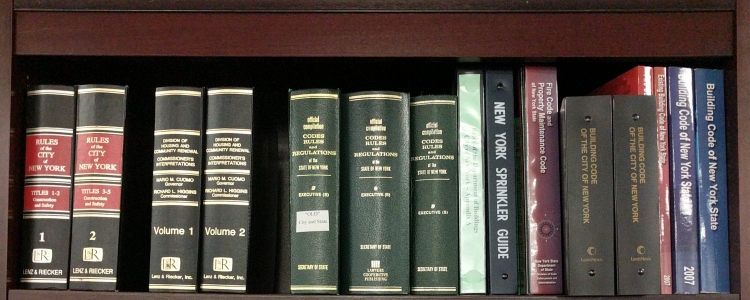
Did you Know? Clearances – Standpipe Hose Connections
Standpipe hose connections are often hidden in buildings, installed too high/low or behind doors making access in an emergency challenging. While some of the requirements have been in the standard for many years, the 2024 edition of NFPA 14 Standard for the Installation of Standpipes and Hose Systems clarified the need to make these critical connections more visible.
Read More
Scissor Stairs and Egress
We have once again started a national debate about how many means of egresses or stairs are required or accessible for occupant egress. This US concept of two egresses has been a staple of life safety design for decades after many devastating fires that lacked modern day egress requirements. These egresses must be separated to provide egress within specified travel distance and allow occupants to safely exit from buildings.
Read More
Understanding the Role of Supervising Station Alarm Systems and Sprinkler Monitoring
The National Fire Protection Association (NFPA) standards play a crucial role in ensuring the safety and reliability of fire protection systems. Among these, NFPA 72, National Fire Alarm and Signaling Code, sets forth requirements that are fundamental to the design, installation, performance, and maintenance of sprinkler monitoring and fire alarm systems in general. In this article, we'll delve into the specifics of supervising station alarm systems, focusing on the qualifications of operators, the verification of sprinkler and fire alarm signals, and the differences between Central, Proprietary, and Remote Station Alarm Systems, as outlined in NFPA 72.
Read More
